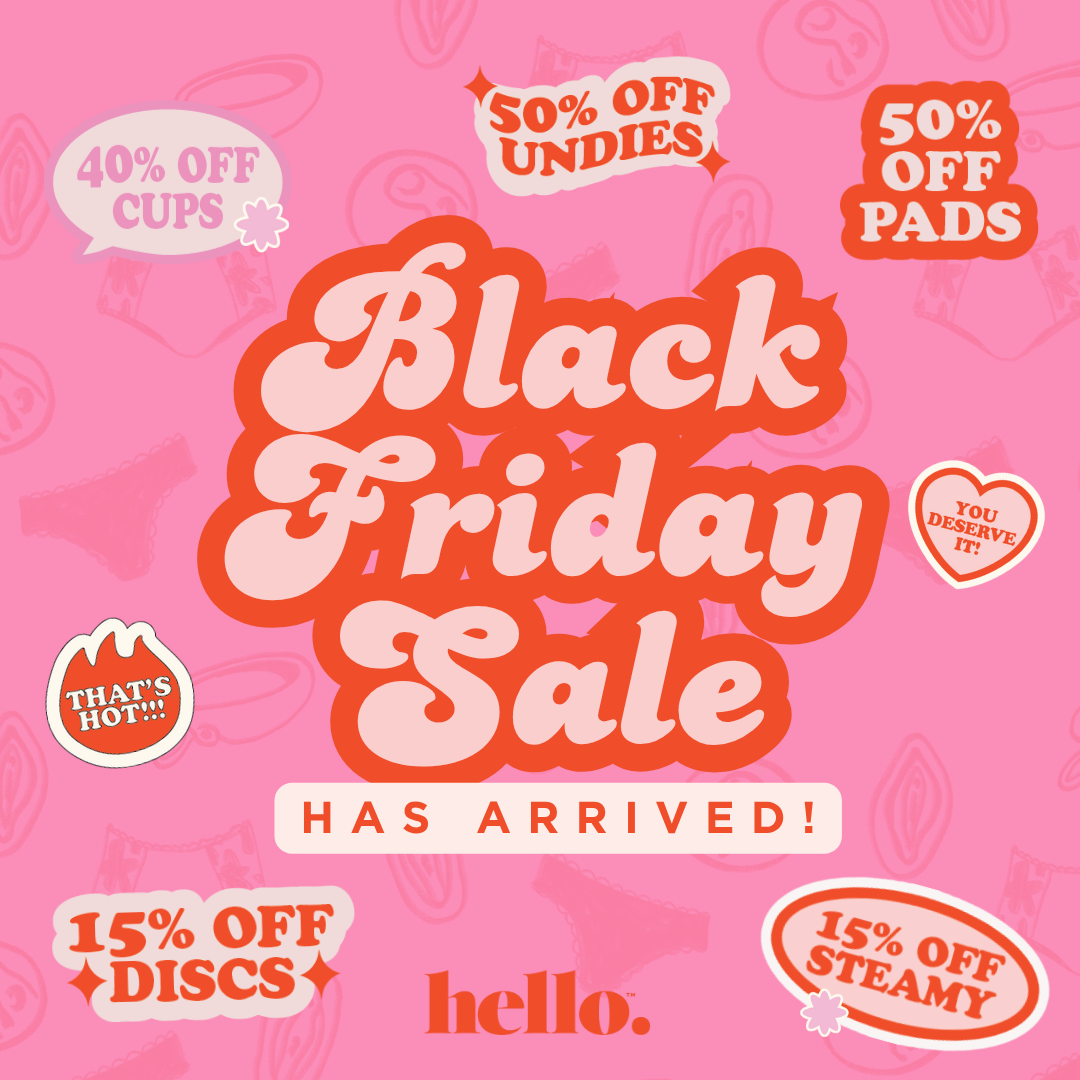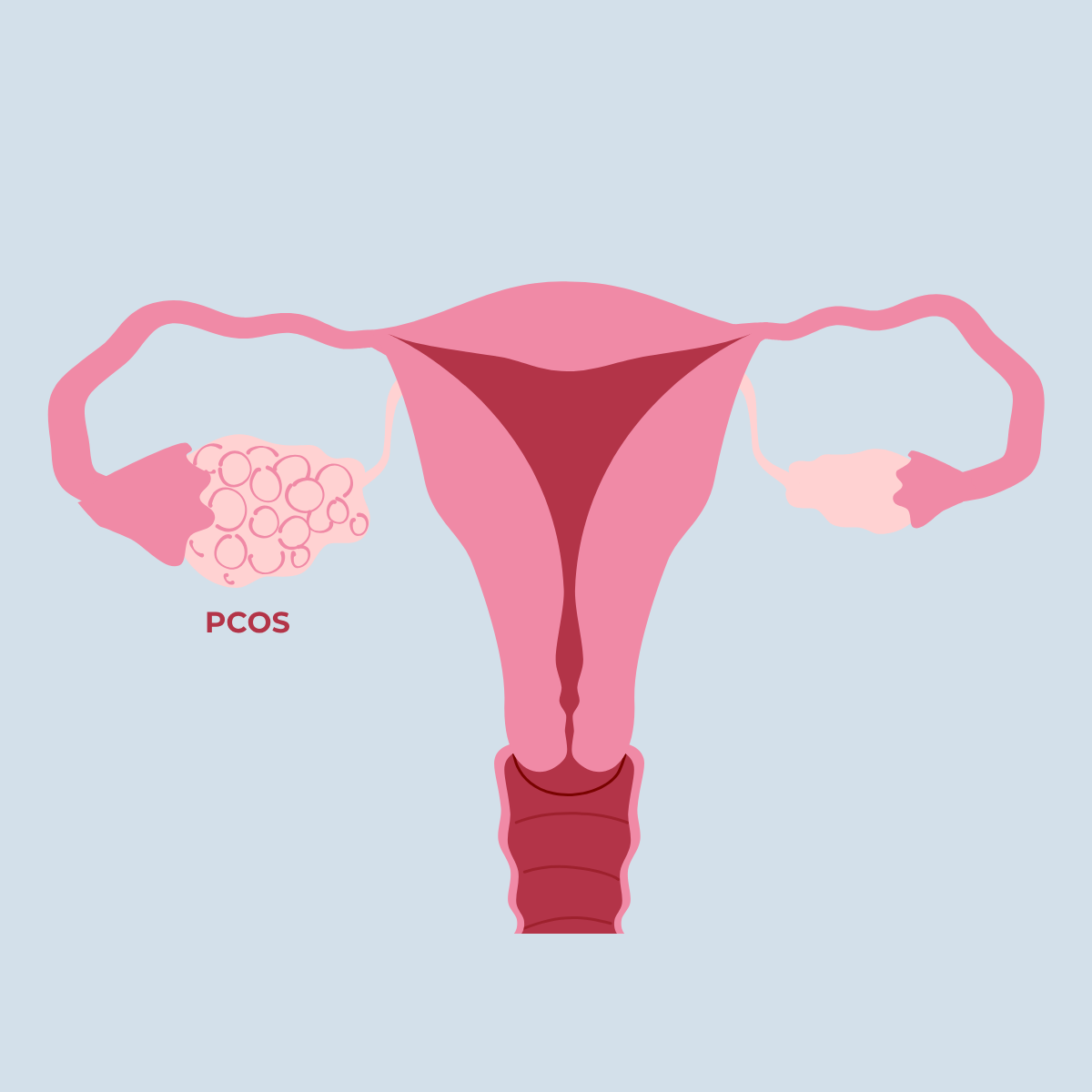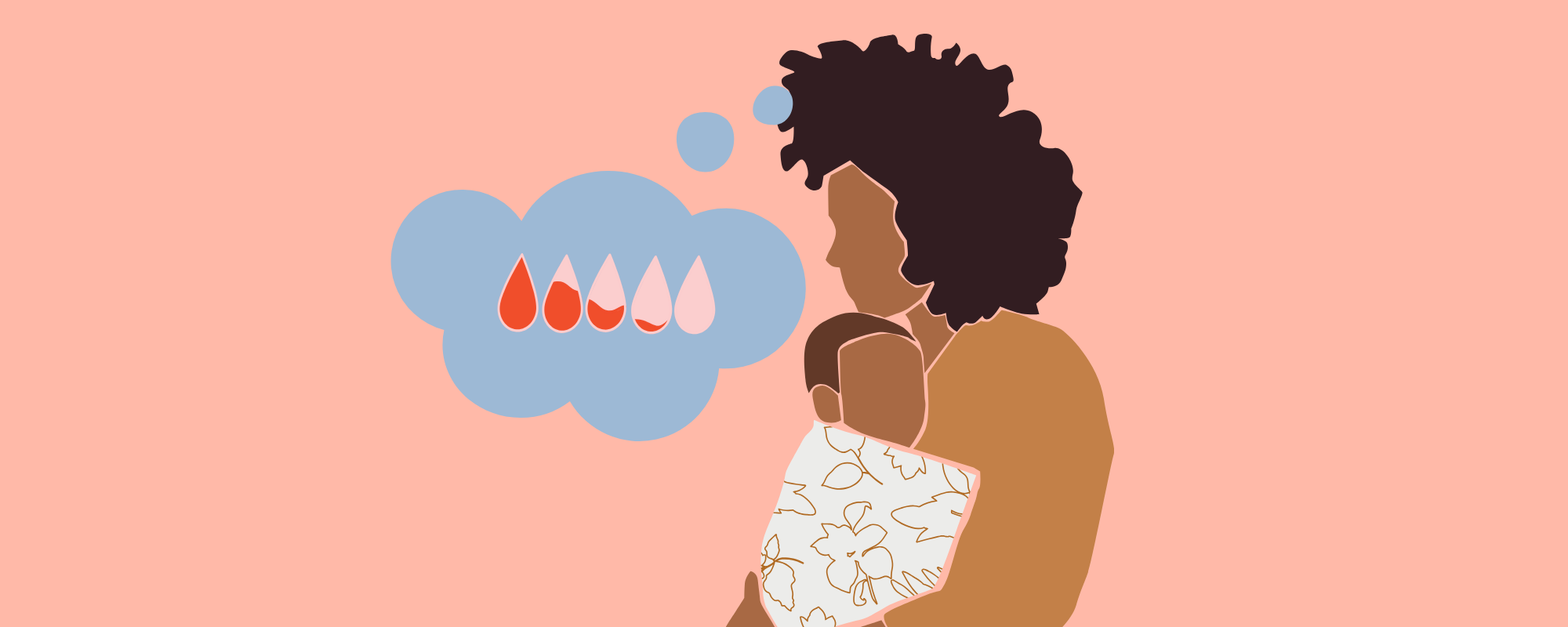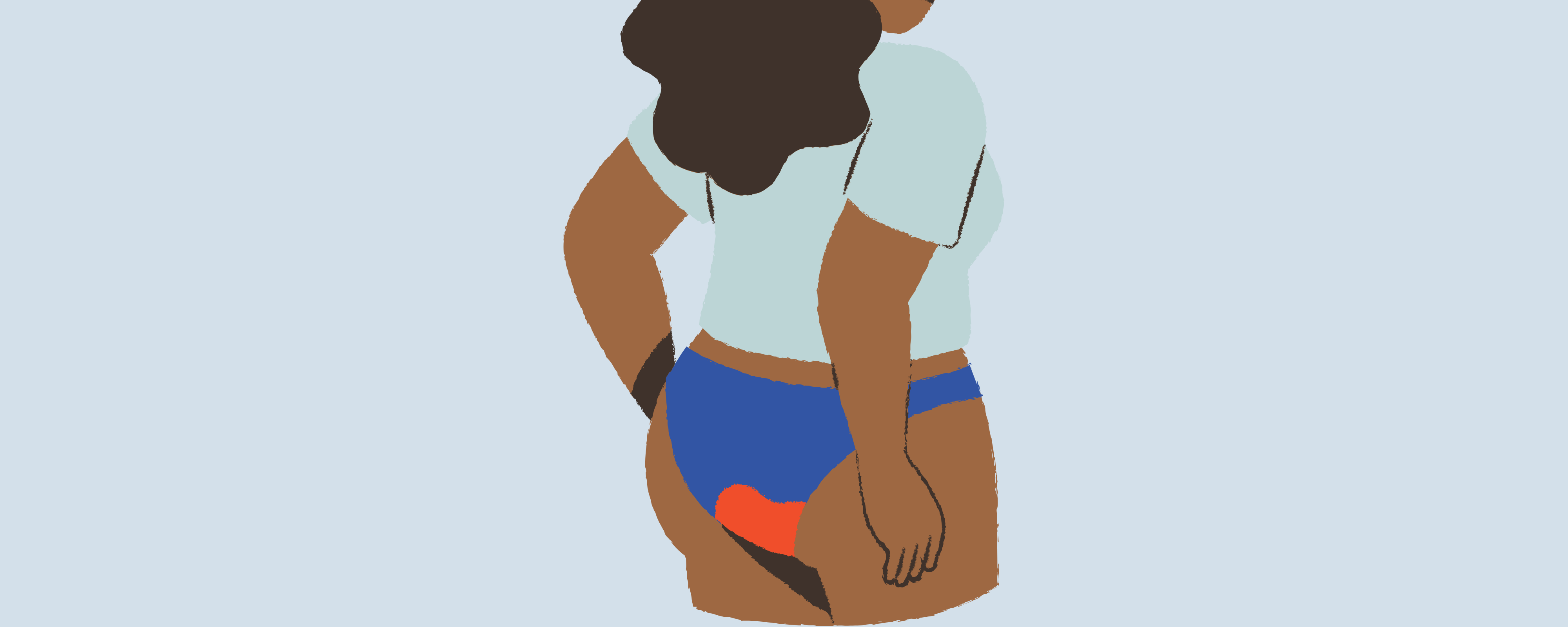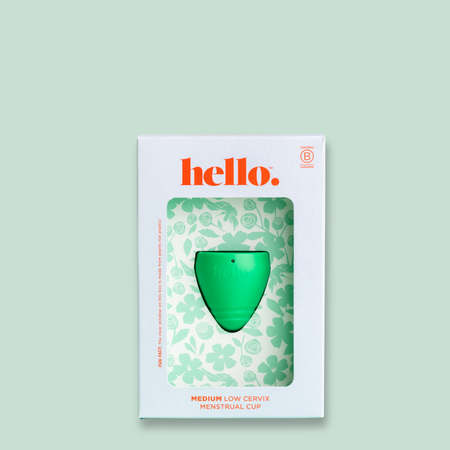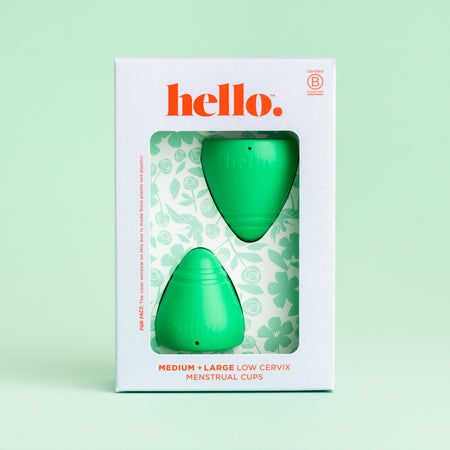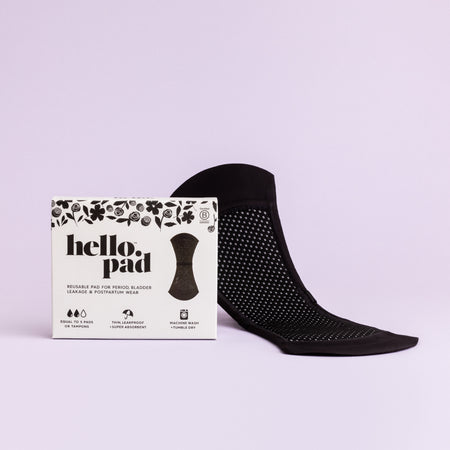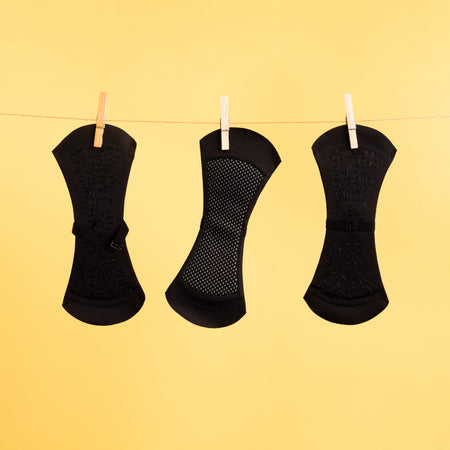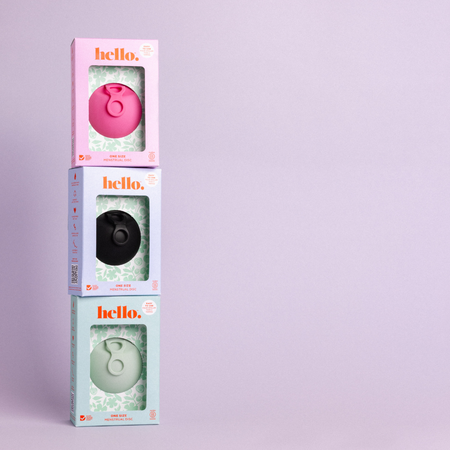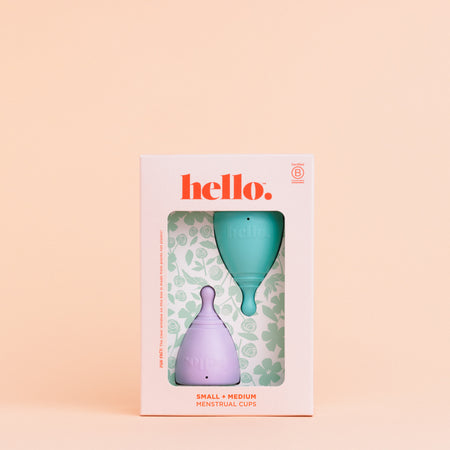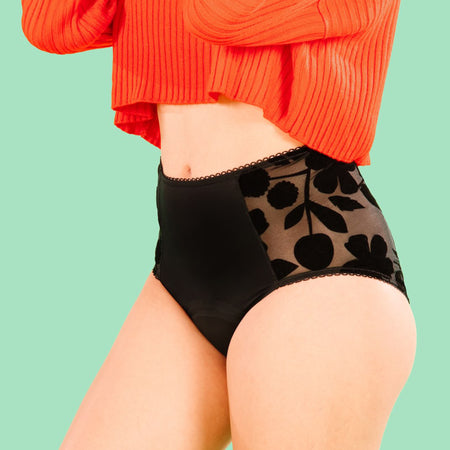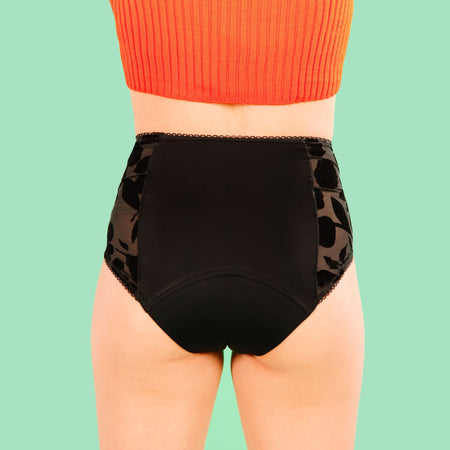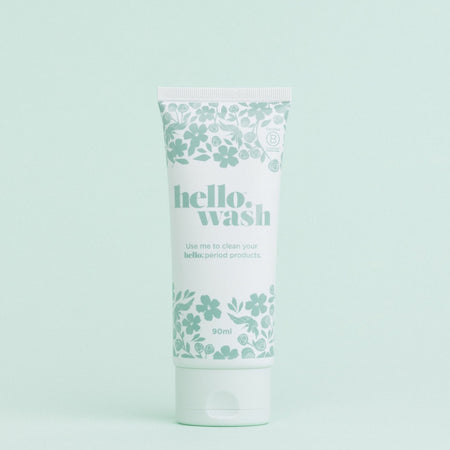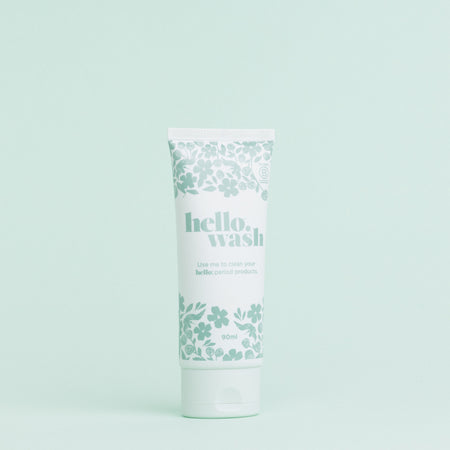Navigating postpartum life can feel like a bit of a whirlwind and getting to grips with changes to your body is often a big part of it. One question that crops up for many new parents is, "Do I need a bigger menstrual cup after childbirth?" We’re here to dive deep into whether you really need to upsize your cup post-baby.
Do You Need a Bigger Menstrual Cup after Childbirth?
Not always. For most people, the size of the vaginal canal will often return to ‘normal’ a few months postpartum.
The vagina is amazingly stretchy, and people are often surprised that it actually can ‘bounce back’ in a relatively short space of time. So, if you were using a menstrual cup before pregnancy, you might well find your old cup still works perfectly post-childbirth.
If your usual cup feels different or even slightly uncomfortable, don’t worry - you might just need a bit more time. It’s quite normal for the cup to feel unfamiliar if it hasn’t been used for a while.
What Really Changes after Childbirth?
While childbirth does stretch out your vagina temporarily, it’s important to remember these are muscles and, in most cases, it will return to pre-birth size. However, some things can change after childbirth might lead you to the question, “Do i need a bigger menstrual cup after childbirth?”. Here are a few things to assess when changing the size of the period cup after birth.
- Vaginal sensitivity: Post-birth, your vaginal nerves could be more sensitive, even though the size and shape of your vagina stays the same. This might make popping in a menstrual cup a bit uncomfortable. Take your time - there’s no rush to get back to cup life.
- Pelvic floor: After having a baby, your pelvic muscles might be a bit weaker. Some women find their menstrual cup tends to slip out during the postpartum period. This is usually temporary and can be solved by trying a different cup size.
- Menstrual flow: Your period can change after delivery. Breastfeeding, not breastfeeding, or starting hormonal birth control can affect your flow. If your period is heavier, consider using the Hello Disc for its greater capacity.
- Cervix: Regular cervical smears are crucial, as the cervix can change after childbirth. During labor, it widens and softens. Post-birth, some women find their cervix more sensitive. It may also sit lower. If your old cup doesn’t fit right anymore and if the toggle pokes out, you might want totry a low cervix menstrual cup.
- Prolapse: It’s not uncommon to experience prolapse as a result of a vaginal delivery. Some people can use their menstrual cup successfully even with a prolapse, but for others a prolapse may mean their cup no longer stays put or leaks. We would recommend seeing a pelvic physio if this is the case and possibly looking to try a Hello Disc. The period disc sits above the vaginal canal in the fornix so still has a high success rate for users with prolapse.
Remember, these changes are all part of the journey, and there’s always a solution to help you stay comfortable and confident.
When to Start Using a Menstrual Cup Postpartum?
We recommend holding off from using a menstrual cup until you get the green light from your lead maternity carer or you are eight weeks postpartum. Here’s why:
- Your body needs time to heal post-childbirth. Whether you had a vaginal birth or a C-section, waiting about 8 weeks before using a menstrual cup helps avoid infection.
- If you had a C-section, it’s the same answer. Generally it means waiting until your postpartum bleeding is over and you start getting your periods again. Jumping into using a menstrual cup too soon can be quite uncomfortable and might even hinder your recovery. Best to wait those 8 weeks and have a chat with your doctor.
- Had a miscarriage or abortion? It’s crucial to consult with your doctor about when to safely use a menstrual cup. Every situation is unique, so personalised advice is key.
Look after yourself and give your body the time it needs to mend properly. Your health and well-being are top priority right now.
What Are the Benefits of Using a Menstrual Cup after Childbirth?
Using a menstrual cup postpartum isn’t just practical; it’s a total game-changer for this special phase of life. Here’s why it’s a must-have:
- Eco-Friendly: Opting for a reusable menstrual cup over disposable tampons and pads is a win for the planet. It’s a simple switch that cuts down on waste. Plus, it feels good knowing you’re making a positive impact, especially when you’re thinking about a better future for your little one.
- Super Convenient: Menstrual cups hold more than your typical tampons or pads, which means fewer trips to the loo. For new parents juggling nappies and feeds, this is a lifesaver. More time with your bub, less time worrying about changes.
- Budget-Friendly: A menstrual cup is a one-time buy that saves you heaps in the long run. No more shelling out for tampons or pads every month. Put those savings towards something fun or essential for you or your baby instead.
- Healthier Option: Unlike tampons that can mess with your natural balance, Hello Period Menstrual Cups are crafted from medical-grade TPE. They’re hypoallergenic and super safe for your body, which is crucial as you recover from childbirth.
Switching to a menstrual cup postpartum brings a raft of benefits, from being kinder to the environment and your wallet to offering unmatched convenience and health perks. It’s a no-brainer, really!
Top Tips for Women Returning to Using a Menstrual Cup after Having a Baby
Getting back to using a menstrual cup after childbirth might feel a bit unfamiliar at first, but you'll be a cup pro again in no time. Here are some quick tips:
- Take your time. There’s no rush. Give it a go when you feel ready.
- Small steps. Your body has been through a lot. Consider starting with reusable liners, or pads, and finally your cup. Ease into it.
- Listen to your body. If it's too sensitive, use period undies or reusable period pads first.
- Add lube. A bit of water-based lubricant can make insertion easier.
You've got this!
How to Insert and Remove a Menstrual Cup after Childbirth?
Getting started
- Sterilise your cup before the first-time usage. You can do this by soaking it in a glass of water with 1/4 of a sterilisation tablet for 15 minutes or by boiling it in water for three minutes.
Inserting your cup
- To insert your menstrual cup, fold it using a shallow punch down fold making sure the punch does not go deeper than the bottom of the 'hello' lettering on the side of your cup.
- Hold the fold with a finger on each side of the cup.
- Angle the tip along the back wall of your vagina and slide the cup in. Once your fingers reach the entrance of your vagina, let your cup unfold inside the vagina and use the toggle to push your cup into place, keeping it angled toward your spine.
Removing your Hello Cup
- Firstly, remember that your cup can't get lost, so if you can't reach it for some reason, don't panic!
- Before attempting to remove your cup, make sure you release your pelvic floor muscles - this is essential to make removing your cup stress-free. If your cup has moved out of reach, gently bear down like you are doing a poo (don’t’ strain though!). This will help lower the cup so you can reach the toggle.
- Squeeze the base of the cup at the grip rings to release any suction, then slowly pull the cup down.
The number of times you empty your Hello Cup will depend on your flow. Do not leave the cup in for more than 12 hours.
What Is the Best Menstrual Cup?
We’ve got you. Choosing the best menstrual cup after childbirth can be a bit daunting, but there’s one brand that stands out in period care – Hello Period. Named Best Menstrual Cup by Cosmopolitan, we've got an award-winning range of menstrual cups that are innovative, comfortable, and wallet-friendly. If you feel like you are not quite ready for cup life postpartum, Hello Period also do a range of reusable period underwear and reusable pads - which are also great for bladder leakage. If you’d like to find out more explore Hello Period.
FAQs
It is time to shed light on some commonly asked questions to provide you with the information you need.
1. Can you use a menstrual cup after a c-section?
Absolutely, you can use a menstrual cup after a c-section, but it's crucial to give your body the time it needs to heal properly first. Typically, it's best to wait around 6 to 8 weeks postpartum to give your body time to recover from surgery. During this period, your cervix needs to shrink back to its original size and your uterine lining has to repair itself.
Once you're feeling ready, have a chat with your healthcare provider for some tailored advice. They'll be able to assess how you're healing and answer any questions you might have. When you do start using a menstrual cup, make sure it's sterilized properly and follow the usage instructions carefully to avoid any risk of infection.
Some people notice their menstrual flow or the shape of their vaginas might change a bit after the surgery, so it might take a bit of trial and error to find the most comfortable fit.
2. What should you do if your menstrual cup falls out postpartum?
If your menstrual cup takes a tumble postpartum, your pelvic floor muscles will likely still find their groove. Might be a good time to play around with different cup sizes and cervix heights to see what suits you best. Check out our product quiz or size guide to help you find the perfect fit.
Say Hello To a Positive Postpartum Period
Navigating menstrual cup use post-childbirth and the question “Do I need a bigger menstrual cup after childbirth?” can be tricky, but with the right information and support, you'll get there. Ready to try?
Discover the benefits and join our community of empowered, eco-conscious individuals making a positive difference. Let's make periods more comfortable, easier to manage, and more.
Find out about the best menstrual cup for you at Hello Period.






